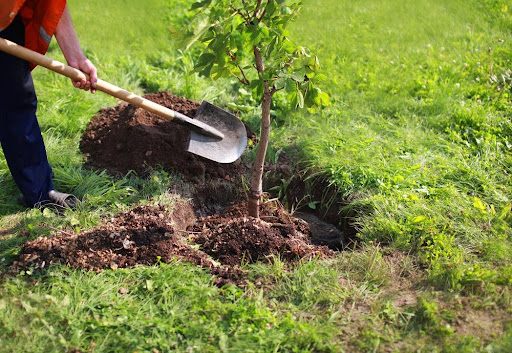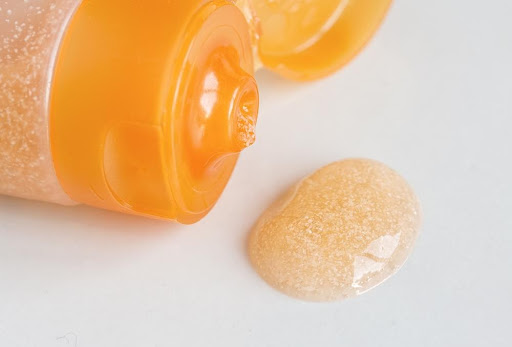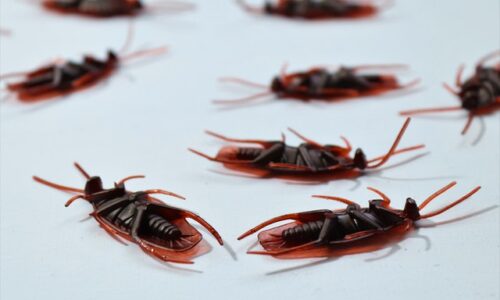
Being eco-friendly means having an awareness that each decision you make impacts not just you and your family, but also the earth itself. With a rapidly growing population, the decisions we make on how we live, how we use resources and how we dispose of waste will have a critical impact on the environment now and in the future. We need to conserve and recycle whenever possible. Minimize the amount of material we send to landfills by composting, repairing and reusing. Grow a garden and plant vegetable seeds. There are many ways to make your home more eco-friendly. Here are our top 10 suggestions:
- Walk, combine trips or carpool. We used to talk about walking when gas prices were high, and that is still a valid reason. However, today, with global warming, we also talk about carbon emissions. Every time you can eliminate using a motor vehicle by walking or taking a bike you do both. The next best thing is to combine trips. Organize your trips so that instead of multiple trips to a single destination, you make a single trip to multiple destinations. If you are in the market for a new car, give strong consideration to an electric car or hybrid. And, of course, carpooling with others makes a big impact on the environment, too.
- Check your insulation. If your home is under-insulated, make this the year to add insulation or change out old windows for energy-efficient windows. Replace the old thermostat with the high tech one that you can program with a phone app. Consider keeping your home one to two degrees cooler in the winter or warmer in the summer. You’ll be surprised at the impact even one degree can make. Check with your utility company to see if they will do a free assessment of your home and suggest how to lower your energy consumption.
- Grow your own food organically. By growing your own food, you will not only save money, but you’ll produce food without contaminating the food or soil with harmful chemicals. Commit to growing organically and start with organic vegetable seeds.
- Start a compost bin. Any organic material can go into the compost bin. Garden waste, grass clippings and fall leaves are just the start. Coffee grounds, tea leaves and shredded newspaper are also compostable. After a short time, you will convert those materials into a rich additive for your plants. An added benefit is all that material will not go into a landfill.

- Plant a tree. Every day, thousands of trees are lost to an industry or to make room for development. Again, this impacts global warming. Plant a tree in your yard. Consider a dwarf fruit tree if you have a small yard, like a dwarf apple tree or a peach tree. If you have the room, consider a larger tree, like a maple or pine.
- Collect rainwater. Collect water from the rain gutters on your house or garage into rain barrels. Use the water in the rain barrels to water the plants in your garden. You can also use that water to fill birdbaths.
- Ditch the dryer. The clothes dryer is one of the largest energy users in your home. Save that energy by hanging your clothes the way your grandma did, outside on a clothesline. Not only will your clothes be dry, but they will smell fresh as well. If you don’t have an outdoor line, there are multiple sizes and styles of drying racks that can be used indoors or outside.
- Eliminate plastic. Plastic was thought to be a miracle substance when first invented. Over the years, it has replaced metal machinery parts, become the preferred grocery bag and has become incorporated into our clothing (polyester). We store food in plastic. We sell drinks in plastic and use a plastic straw to drink through. We have plastic furniture and plastic storage units. Plastic is everywhere, but now we are beginning to recognize some of the negative impacts––and they are severe. Plastic will degrade into smaller pieces, but it may never be completely gone or converted into something compatible with nature.
There are different grades of plastic, mostly reflecting its use. Some grades of plastic are more economical to reuse than others. Recycling plants are faced with the dilemma of no place to take the plastic to. Many no longer accept plastic or have limited recyclable plastic to only certain types. That means the rest goes into the landfill where it will still be in a hundred years.
To be eco-friendly, eliminate as much plastic as possible. Start with all single-use products like plastic grocery bags, plastic food storage bags and plastic drink bottles for water, juice and soda. Purchase canvas bags to carry groceries home in. There are reusable fabric bags to put your fruits and vegetables into instead of the plastic bags.
Buy liquids in glass or aluminum bottles so they can be recycled. If you must use plastic for food storage, use hard plastic containers with a sealable lid. At least they can be used over and over and will last for years. Eliminate plastic straws and use paper straws or no straw.
Always look for alternative packaging before you purchase any food product. Pre-ground coffee almost always is sold in plastic cans, but there are still a few brands that use metal cans. Start flower and vegetable seeds in biodegradable pots rather than plastic.

- Avoid plastic microbeads. These beads are less than 5mm in size and have been added to products, such as cleaning products, toothpaste, cosmetics and personal care products. They are added for their abrasive and exfoliant ability, a bulking agent, to prolong shelf life and for timed-release products. These microbeads do not degrade or dissolve in water. Most of the products microbeads are found in are rinse-off products sending the microbead into the wastewater system. The beads are too small to be captured by most water treatment facilities and are released into the lakes, streams and the ocean where they are virtually impossible to remove. Many countries have passed laws banning the use of products that contain microbeads. Check the ingredient list on products you have in your home.
- Recycle, repurpose and repair. Before you throw any item in the trash, think about it. Can it be repaired? Find a repair shop. Is it still usable just not by you? Take it to Goodwill. If it is not usable for its original function, can it be repurposed? Instead of sending torn cotton pajamas to the landfill, could most of it be cut into cleaning rags to use instead of paper towels? Could a leaking bucket be used as a pot for flowers? Can it be recycled?
Many of these changes are small and easily incorporated into your lifestyle. Try one at a time until it becomes routine.




